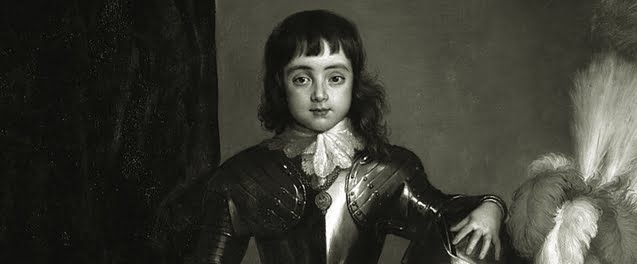
King Charles II and the Boscobel Oak
To listen to this post, click here –
On this day in 1651 the future King Charles II fled England following defeat of his forces at the Battle of Worcester.
The romantic story of the young heir to the throne who hid in the oak tree at Boscobel while Roundhead forces hunted for him, and his subsequent wanderings for the next six weeks, dressed as a servant, before escaping to France in a coal boat, are well known. Charles never forgot those who helped him escape.
Less romantic was the fate of several of those who had signed the death warrant for his father’s execution in 1649. He hunted them down remorselessly and, on this very day in 1660, nine regicides were hung, drawn and quartered in London.
Charles was always popular with the ladies. Here is part of a poem about love making, Andrew Marvell’s To his Coy Mistress:
Had we but world enough, and time,
This coyness, Lady, were no crime
We would sit down and think which way
To walk and pass our long love’s day.But at my back I always hear
Time’s wingèd chariot hurrying near;
And yonder all before us lie
Deserts of vast eternity.
Thy beauty shall no more be found,
Nor, in thy marble vault, shall sound
My echoing song: then worms shall try
That long preserved virginity,
And your quaint honour turn to dust,
And into ashes all my lust:
The grave ‘s a fine and private place,
But none, I think, do there embrace.
Today I ask that I will always show gratitude to those that helped me but not show revenge to those that harmed me.
